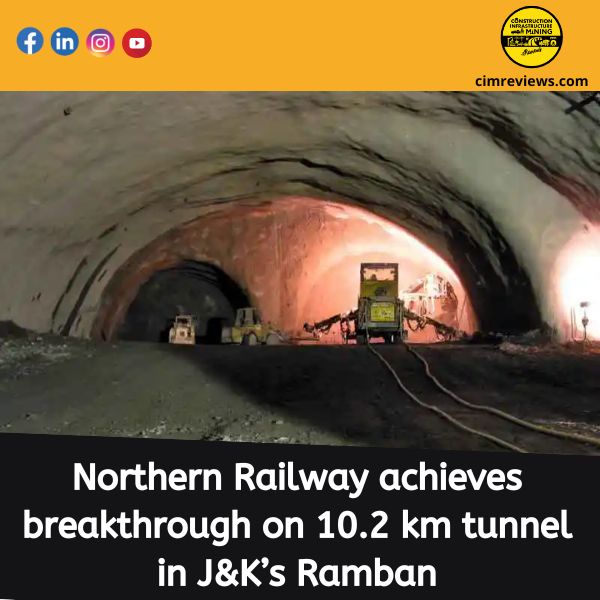In a significant development for India’s transportation infrastructure, the National High-Speed Rail Corporation Limited (NHSRCL) has awarded Larsen & Toubro (L&T) the contract for the Mumbai-Ahmedabad High-Speed Rail (MAHSR) project, popularly known as the bullet train project. The contract, valued at a whopping ₹15,697 billion.
marks a crucial step toward the realization of India’s first-ever bullet train service, which will significantly enhance the country’s transportation landscape. The project, funded by the Japanese government under a bilateral agreement, is set to revolutionize travel between two of India’s major cities, Mumbai and Ahmedabad, reducing travel time drastically and providing an eco-friendly alternative to conventional modes of transport.
Scope of the MAHSR Bullet Train Project
The MAHSR bullet train project will connect Mumbai, the financial capital of India, with Ahmedabad, a major industrial hub in Gujarat. The total length of the rail corridor will be approximately 508 kilometers, with the train expected to run at.
speeds of up to 320 kilometers per hour, significantly reducing travel time between the two cities from 7-8 hours. the MAHSR bullet train project is its environmentally friendly nature. The high-speed train will run on electricity.
by conventional train to just 2 hours. The project, which is part of the Indian government’s broader vision to modernize the country’s rail infrastructure, will play a pivotal role in boosting connectivity, economic activity, and regional development.
Under the agreement, L&T will be responsible for the construction of key components of the project, including the civil works, stations, and the underground sections. transportation like cars and airplanes that rely on fossil fuels. Additionally, and reduces carbon emissions.
The company, known for its expertise in large-scale infrastructure projects, will undertake the construction of several critical segments, ensuring the project’s timely delivery and quality. The MAHSR project is not only an engineering marvel but also represents a significant step in India’s journey toward adopting sustainable, modern, and high-speed transportation systems.
L&T’s Role in the Project
Larsen & Toubro, one of India’s largest and most respected engineering and construction companies, has been entrusted with the task of delivering one of the most ambitious infrastructure projects in the country. The ₹15,697 billion contract awarded to L&T is a testament to the company’s extensive.
experience in executing large-scale transportation and infrastructure projects. L&T’s role in the MAHSR project includes constructing the civil works for the railway stations, depot, tunnels, and viaducts, as well as the electrification and signaling works for the high-speed rail network.
L&T’s involvement in the project will also contribute to the development of critical skills and technology transfer, as the company is expected to collaborate with international partners to incorporate advanced technology in the design and construction of the bullet train system.
The company’s successful track record in handling complex projects, such as the Delhi Metro and other metro systems across the country, positions it well to execute the MAHSR project, which involves sophisticated engineering solutions. which makes it a cleaner and more sustainable option compared to other modes of.
Project Impact on India’s Economy and Infrastructure
The Mumbai-Ahmedabad bullet train project is expected to have a transformative impact on India’s transportation sector, economy, and overall infrastructure development. The project will not only TO travel between Environmental Benefitstwo major cities but will also foster economic.
Growth by enhancing connectivity between key industrial and commercial hubs in Maharashtra and Gujarat. The project will reduce the travel time between Mumbai. One of the key advantages of the MAHSR bullet train project is its environmentally friendly nature. The high-speed train will run on electricity.
Group Media Publication
Construction, Infrastructure and Mining
General News Platforms – IHTLive.com
Entertainment News Platforms – https://anyflix.in/










%20/23%20cimr%204.jpg)
